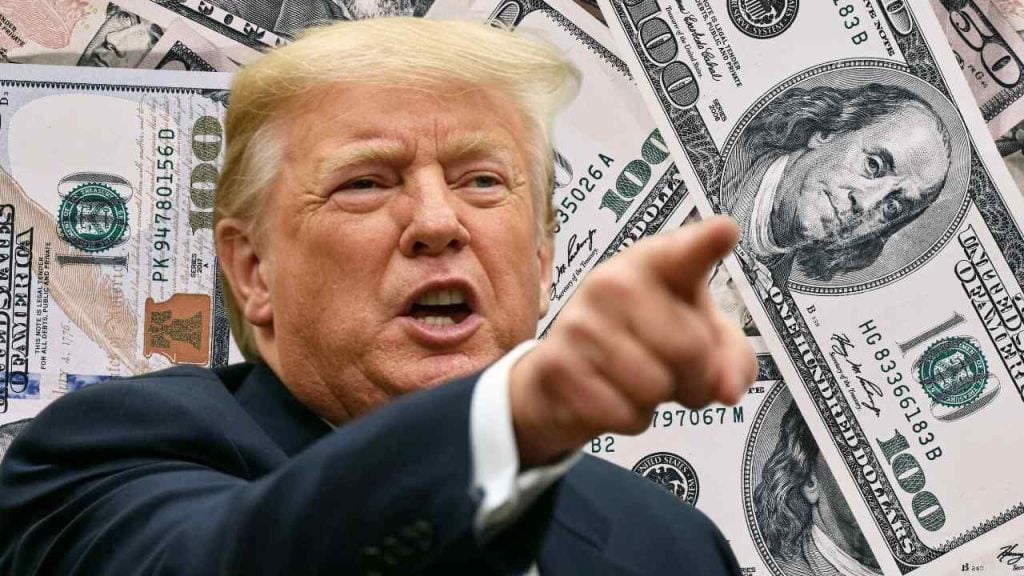President Donald Trump announced the launch of a stimulus payments program of up to $1,000 for a select group of recipients who can live anywhere in the United States, but must meet one basic requirement: they must have been born in certain years. The announcement was made at the White House as part of a broader legislative proposal with a package of ideas the president has to stimulate the American economy.
Trump declared that for every American citizen born after December 31, 2024, the federal government will make a one-time contribution of $1,000 before January 1, 2029. The funds would be earmarked for a tax-deferred account tied to the overall performance of the stock market. Ownership and control would rest with the legal guardians of the beneficiary minor.
How the $1,000 stimulus payment program will work
The accounts would allow for additional personal contributions of up to $5,000 annually. Trump described the measure as a “pro-family initiative.” The stated goal is to help families leverage the economy to benefit the next generation.
House Speaker Mike Johnson endorsed the proposal. Johnson stated,
“It’s a bold, transformative policy that gives every eligible American child a financial head start from day one. Republicans are proud to be the party we always have been. “It supports life and families, prosperity and opportunity.”
The initiative is part of the legislative package Trump calls his “big, beautiful bill.” The bill passed the House of Representatives last month. The vote was close, with a one-vote majority and strong Democratic opposition.
The announcement drew mixed reactions. Elon Musk, a former Trump ally, publicly criticized the comprehensive bill. Musk argued that the proposed legislation would undo his work at the Department of Government Efficiency (DOGE).
Donald Trump’s “big, beautiful” bill
The Big, Beautiful Bill includes multiple tax and budget provisions. Proposed tax cuts include a tip tax exemption for service and beauty workers. It also proposes a tax freeze on overtime income. The bill seeks to redirect funds toward military and border security. It would also create tax deductions of up to $10,000 in loan interest for U.S.-made vehicles.
It includes a $200 reduction in federal taxes on gun silencers. These measures are presented as temporary exemptions. Most of the tax cuts would expire in 2028. The auto loan interest deduction would be extended through 2029. The bill also increases the child tax credit by $500, totaling $2,500 through 2028.
Budgetary trade-offs that bring controversy
To compensate for the loss of income, the bill introduces changes to social programs. It proposes adjustments to Medicaid and Supplemental Nutrition Assistance Program (SNAP) benefits, or food stamps. This entails more frequent eligibility checks for beneficiaries.
Funding for undocumented immigrants would be cut. A controversial provision would prohibit the use of federal funds for gender transition services for children and adults. These measures aim to generate significant budget savings.
The Congressional Budget Office (CBO) projected significant impacts. It estimated that 8.6 million people would lose health coverage due to the changes. Adjustments to Medicaid, SNAP, and other programs would represent a savings of $1 trillion.
